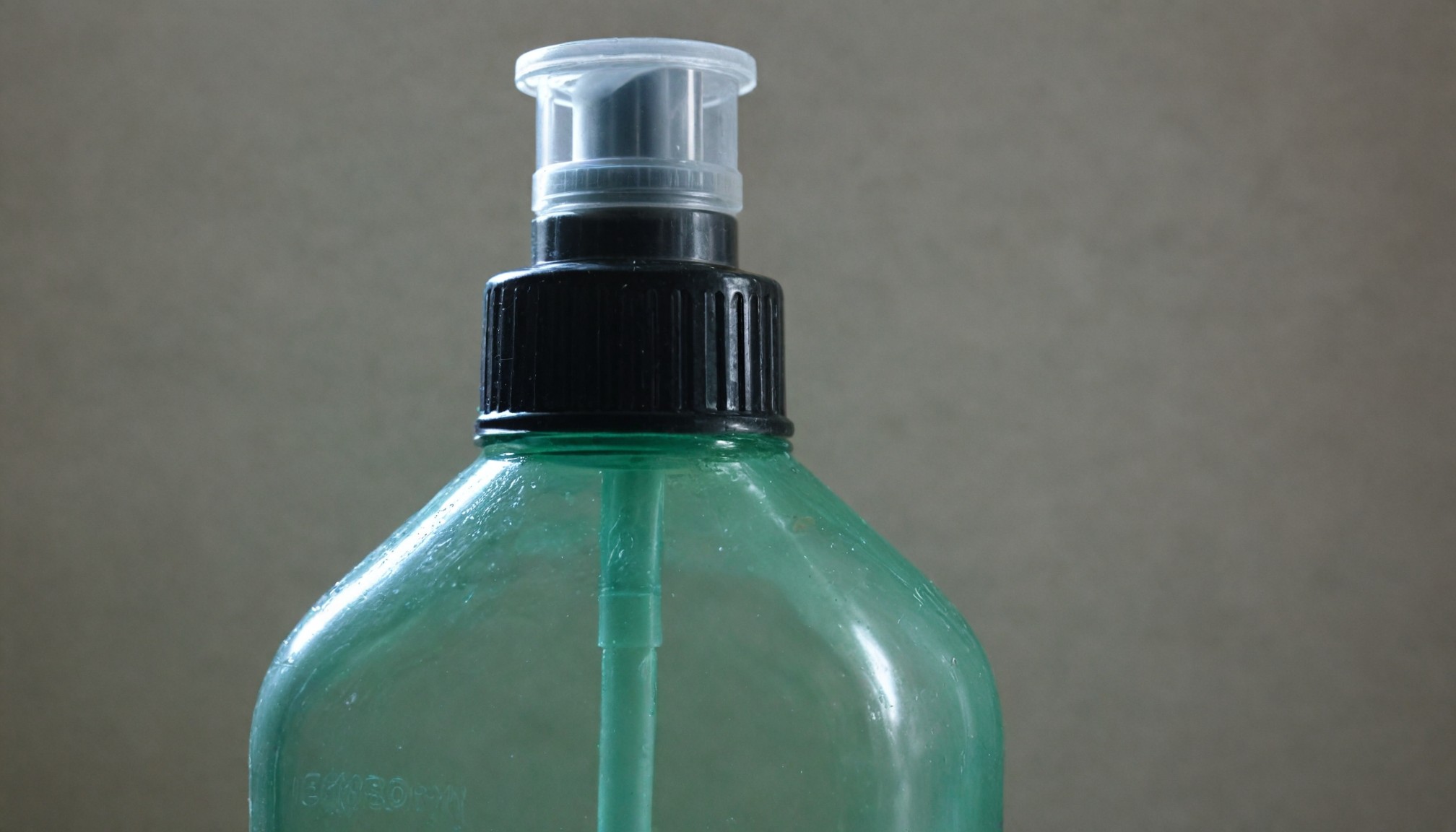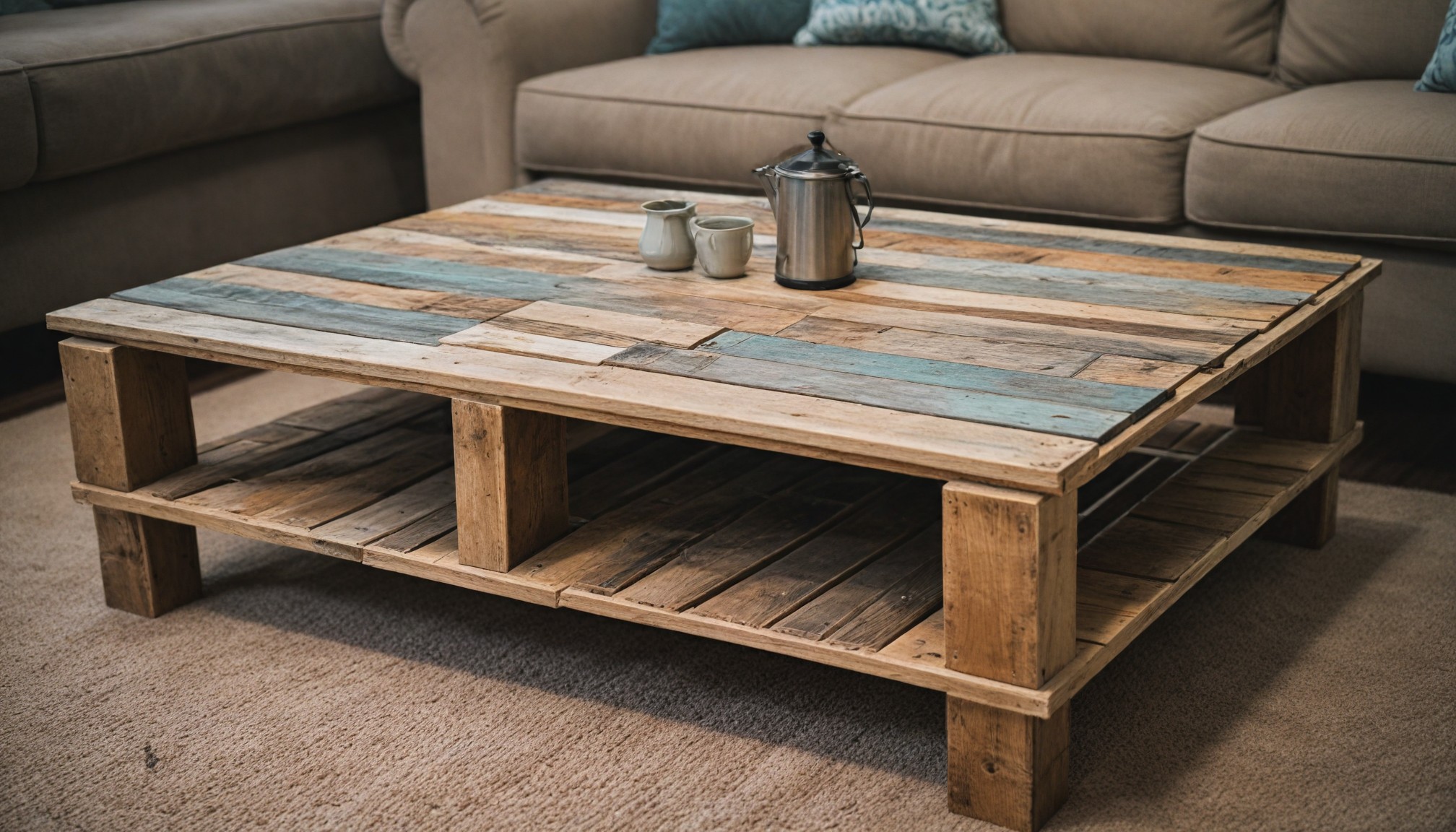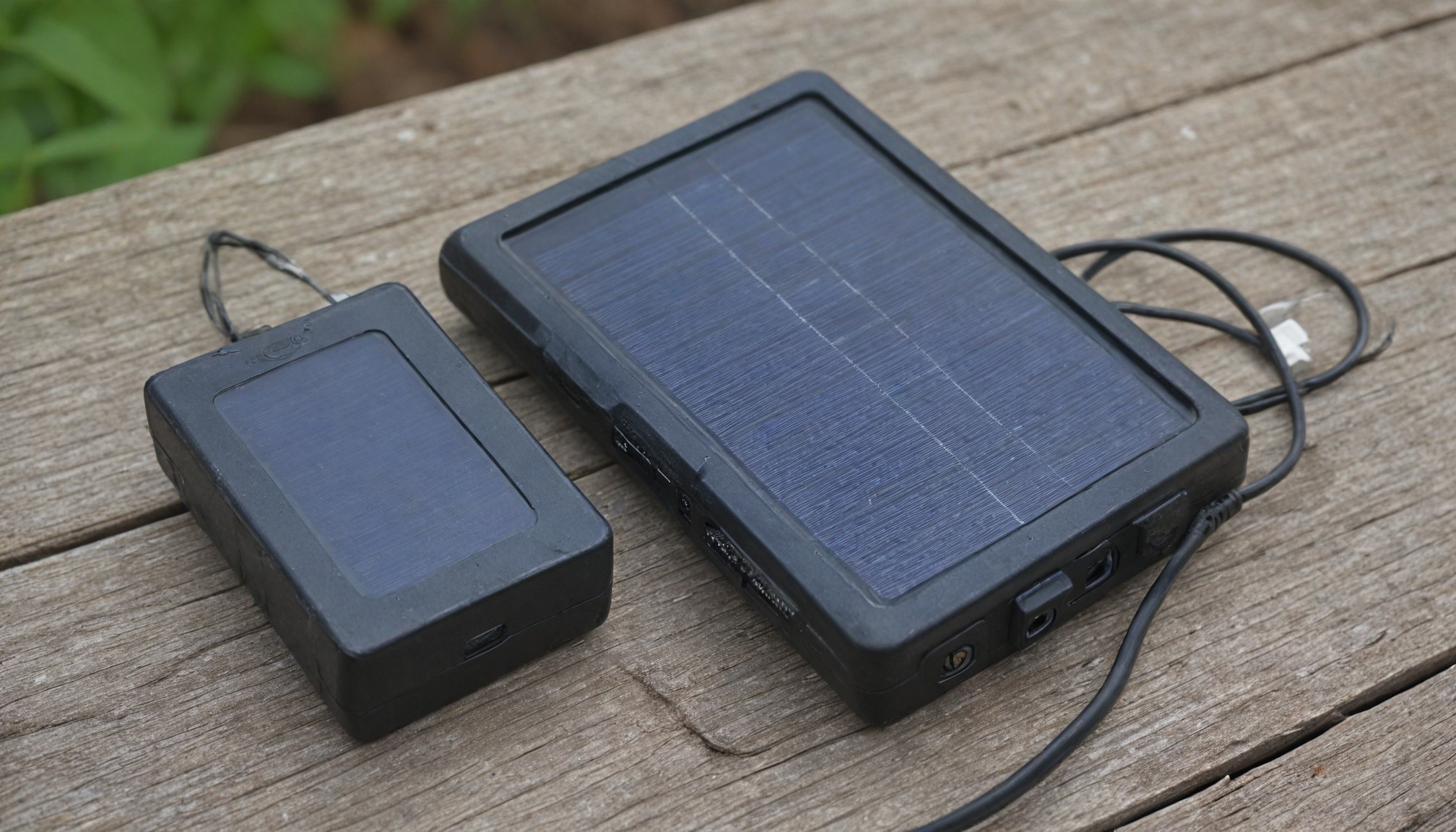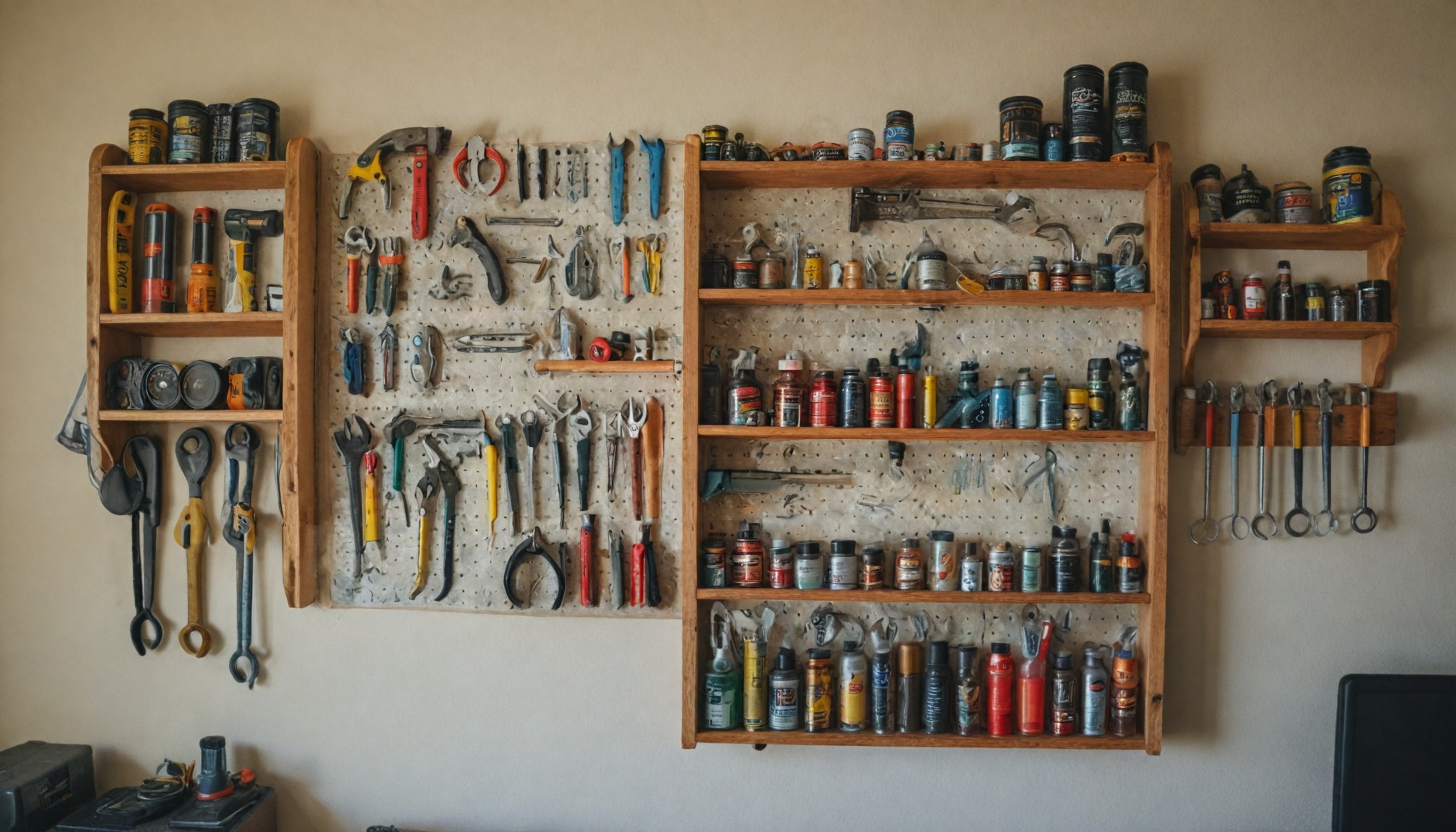
Natural Insect Repellent Spray for Home Use
Introduction: Tired of pesky insects invading your home but want to avoid chemical-laden repellents? A DIY natural insect repellent spray is the perfect solution. Not only is it safe for your family and pets, but it also harnesses the power of essential oils to keep bugs like mosquitoes, flies, and ants at bay. This simple project is easy to make at home, smells great, and can be used indoors or outdoors without any harmful side effects.
Materials Needed:
- 1 cup of distilled water
- 1/4 cup of witch hazel or rubbing alcohol
- 10 drops of lavender essential oil
- 10 drops of citronella essential oil
- 10 drops of eucalyptus essential oil
- 5 drops of tea tree oil (optional for added strength)
- 1 small spray bottle (preferably glass)
- Funnel (optional, for easy pouring)
Step 1: Choose Your Essential Oils Essential oils are key to creating a natural insect repellent. Lavender, citronella, and eucalyptus oils are known for their insect-repelling properties, while tea tree oil adds extra strength, especially against ticks and mosquitoes. You can experiment with other oils such as peppermint, rosemary, or lemon, depending on your preference and availability.
Step 2: Mix the Ingredients In a bowl, combine the distilled water and witch hazel or rubbing alcohol. Witch hazel is a natural astringent that helps the essential oils blend with the water and ensures the spray dries quickly when applied to surfaces or skin. If you don’t have witch hazel, rubbing alcohol works as a good alternative.
Step 3: Add Essential Oils Carefully add the essential oils to the water mixture. Using a funnel, pour the oils one by one to ensure the correct proportions. Citronella is great for repelling mosquitoes, while eucalyptus works wonders against flies. Lavender not only repels insects but also adds a pleasant, calming scent. Tea tree oil, although optional, is a powerful antiseptic that can further repel a variety of insects.
Step 4: Transfer to Spray Bottle Once the oils are thoroughly mixed into the water and witch hazel solution, use a funnel to transfer the mixture into your spray bottle. A glass spray bottle is preferred since essential oils can degrade plastic over time, but any clean spray bottle will work.
Step 5: Shake Before Use Because water and essential oils naturally separate, it’s important to shake the bottle before each use to mix the ingredients thoroughly. The witch hazel helps stabilize the oils, but a good shake ensures the repellent is effective with every spray.
Step 6: Apply the Spray Spray the mixture on areas where insects tend to gather, such as window sills, doorways, or around outdoor seating areas. You can also apply it to your skin or clothing when going outside, making sure to avoid sensitive areas like your eyes. The repellent is safe, but always do a patch test if applying directly to skin, especially for children or those with sensitive skin.
Step 7: Reapply as Needed Natural insect repellents may not last as long as their chemical counterparts, so it’s important to reapply every few hours, especially if you're outdoors. The scent will gradually fade, and with it, the repellent properties of the essential oils.
Conclusion: A DIY natural insect repellent spray is a versatile, eco-friendly alternative to chemical bug sprays. By combining the power of essential oils and natural ingredients, you can create an effective solution to keep insects out of your home and off your skin. This project is quick, easy, and affordable, providing a safe and pleasant-smelling way to protect your home from unwanted pests. It’s an ideal addition to your DIY toolkit, especially for those looking to embrace natural solutions to everyday problems.
Recent articles from Diy

DIY: Pallet Coffee Table
A rustic and sustainable addition to your living room
Looking for a unique and eco-friendly coffee table? Repurposing a pallet is a great way to create a stylish and funct...

Portable Solar Charger for Small Gadgets
Introduction: In today’s tech-driven world, staying connected is essential, even when you're outdoors. Whether you're camping, hiking, or just lounging in your garden, a DIY por...

How to Build a DIY Wall-Mounted Tool Organizer
Introduction: If your garage or workshop is cluttered with tools scattered everywhere, a DIY wall-mounted tool organizer could be the solution you need. This simple yet effectiv...